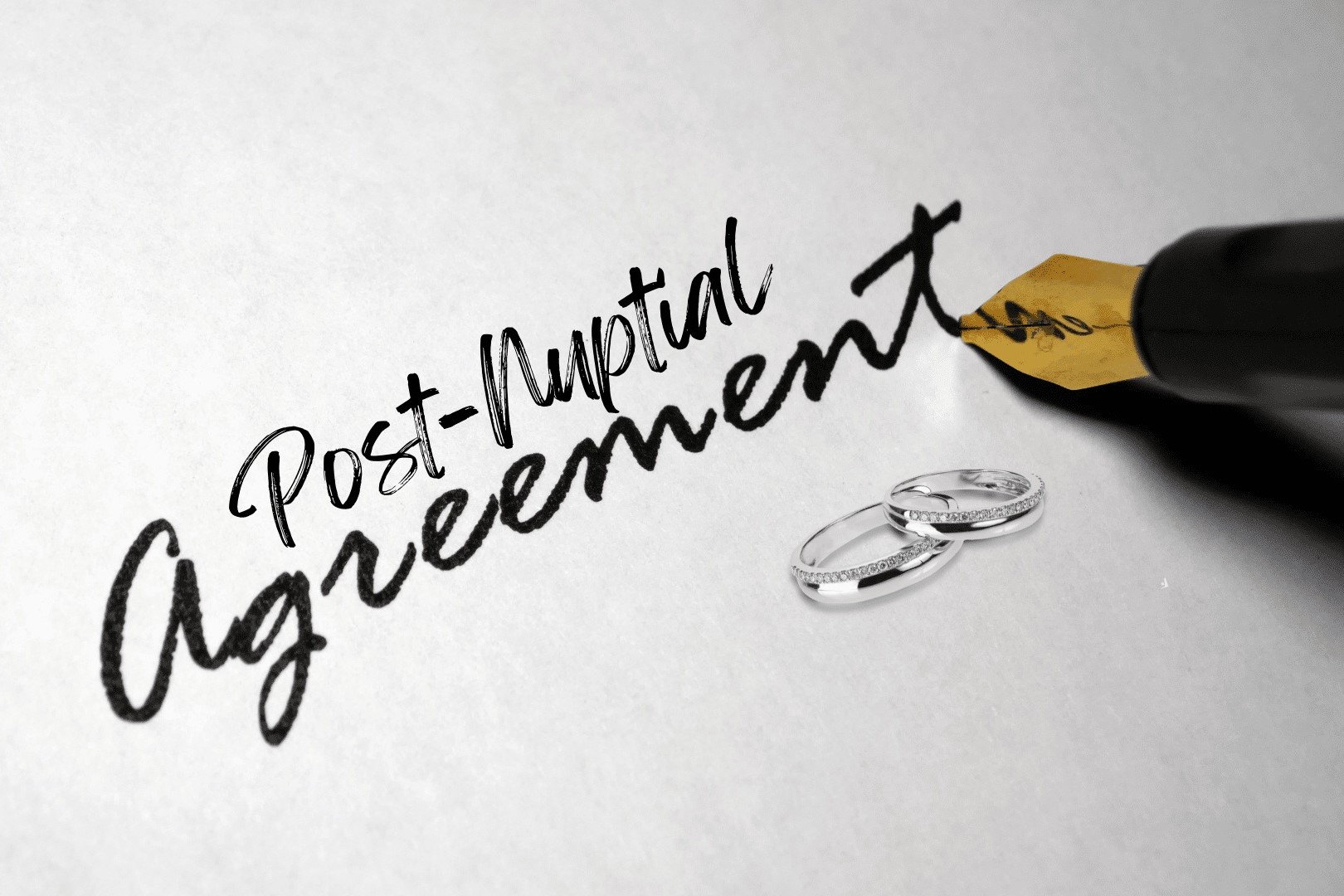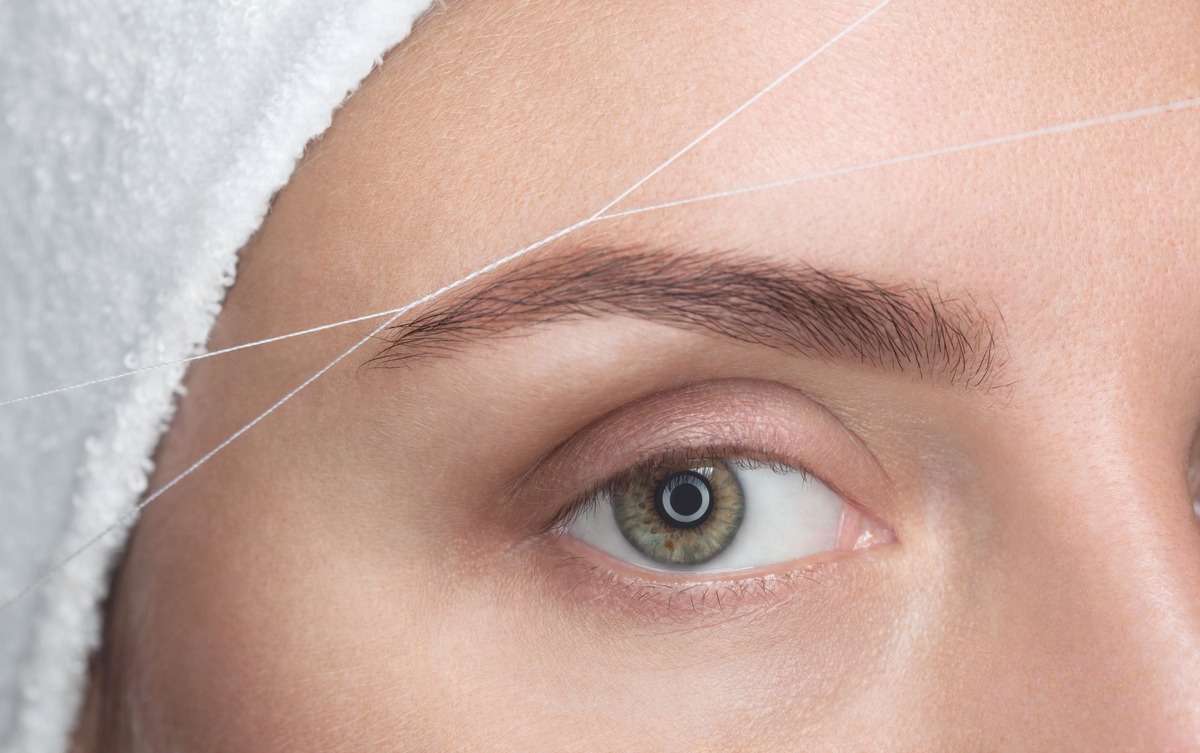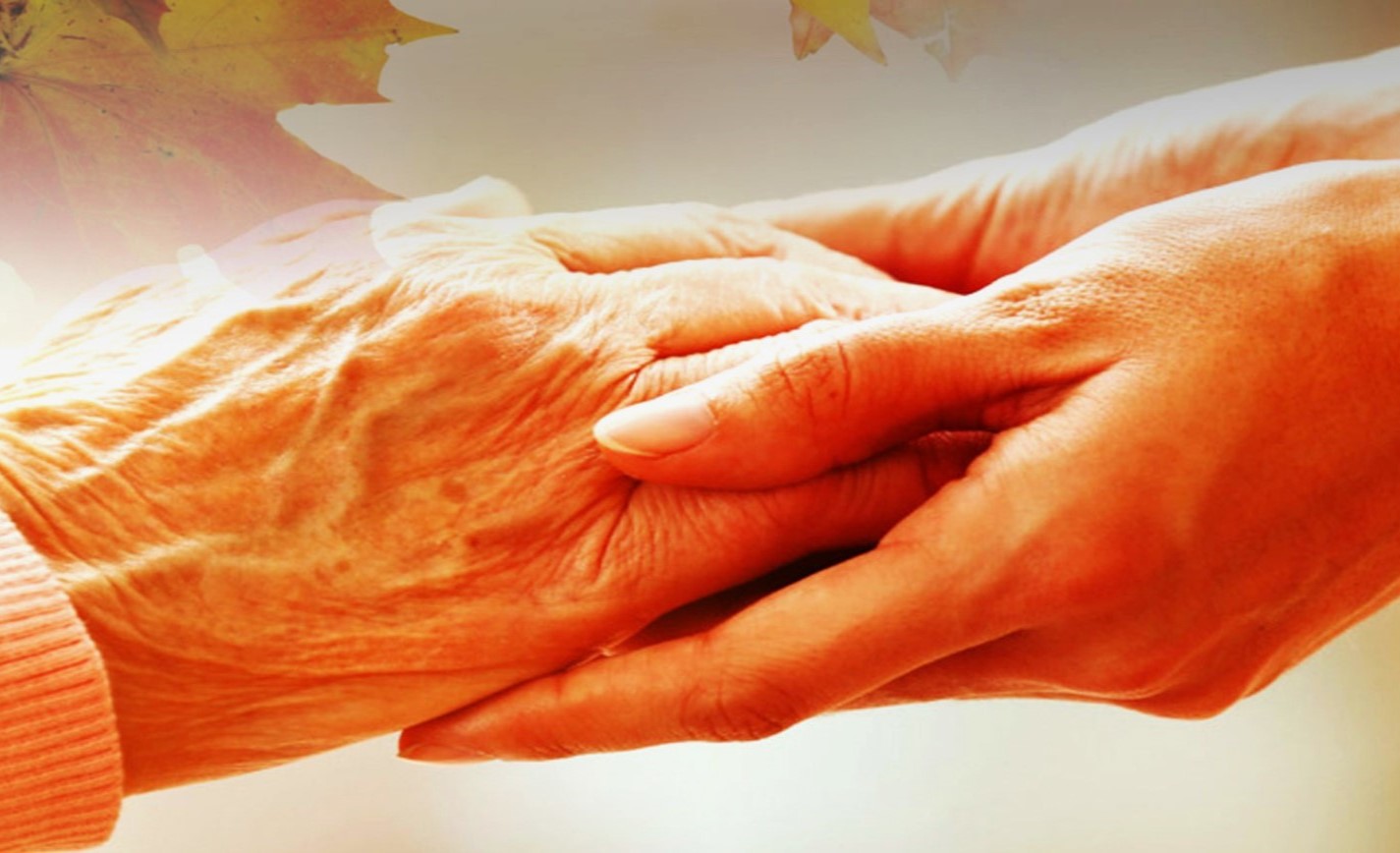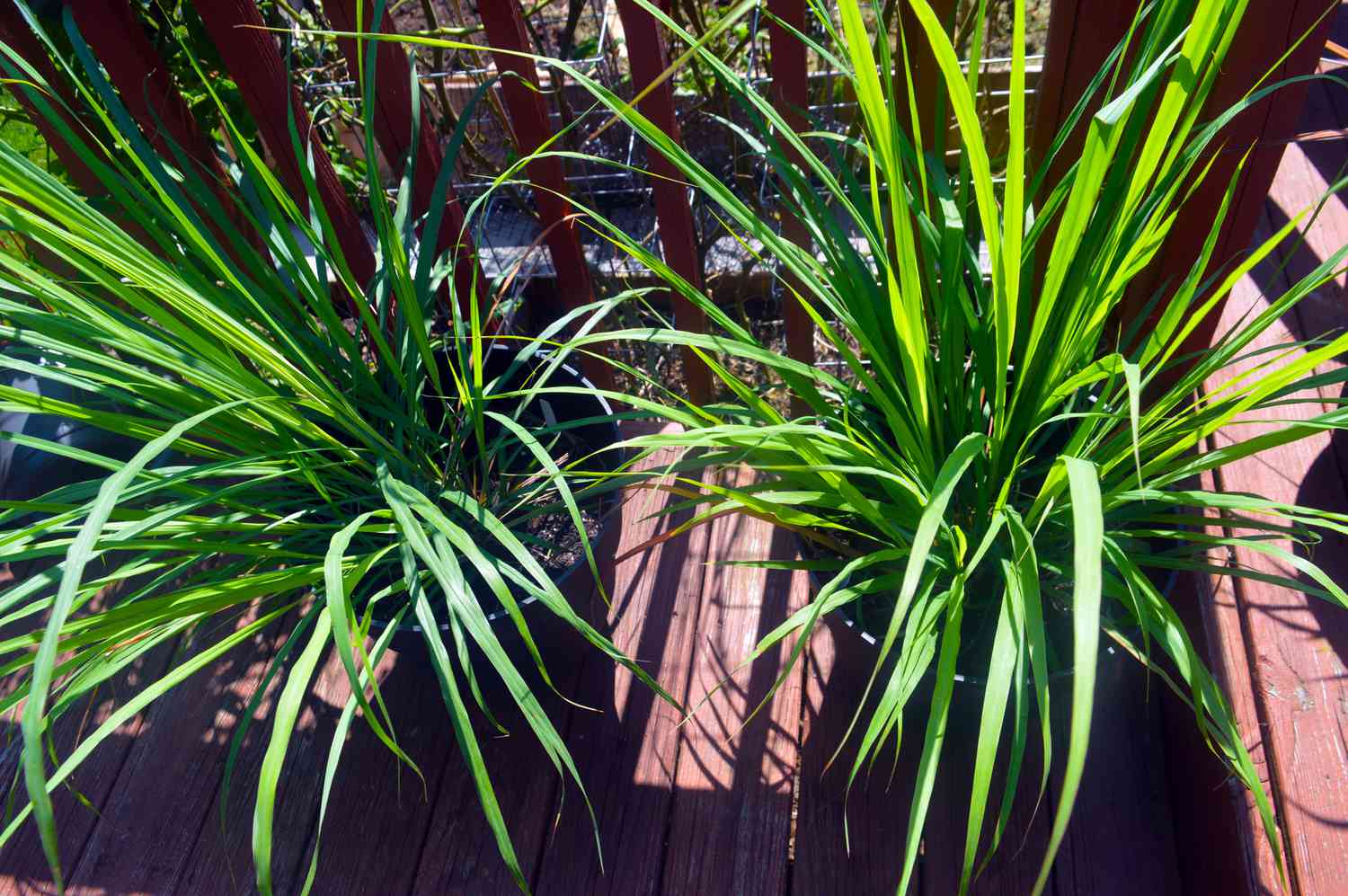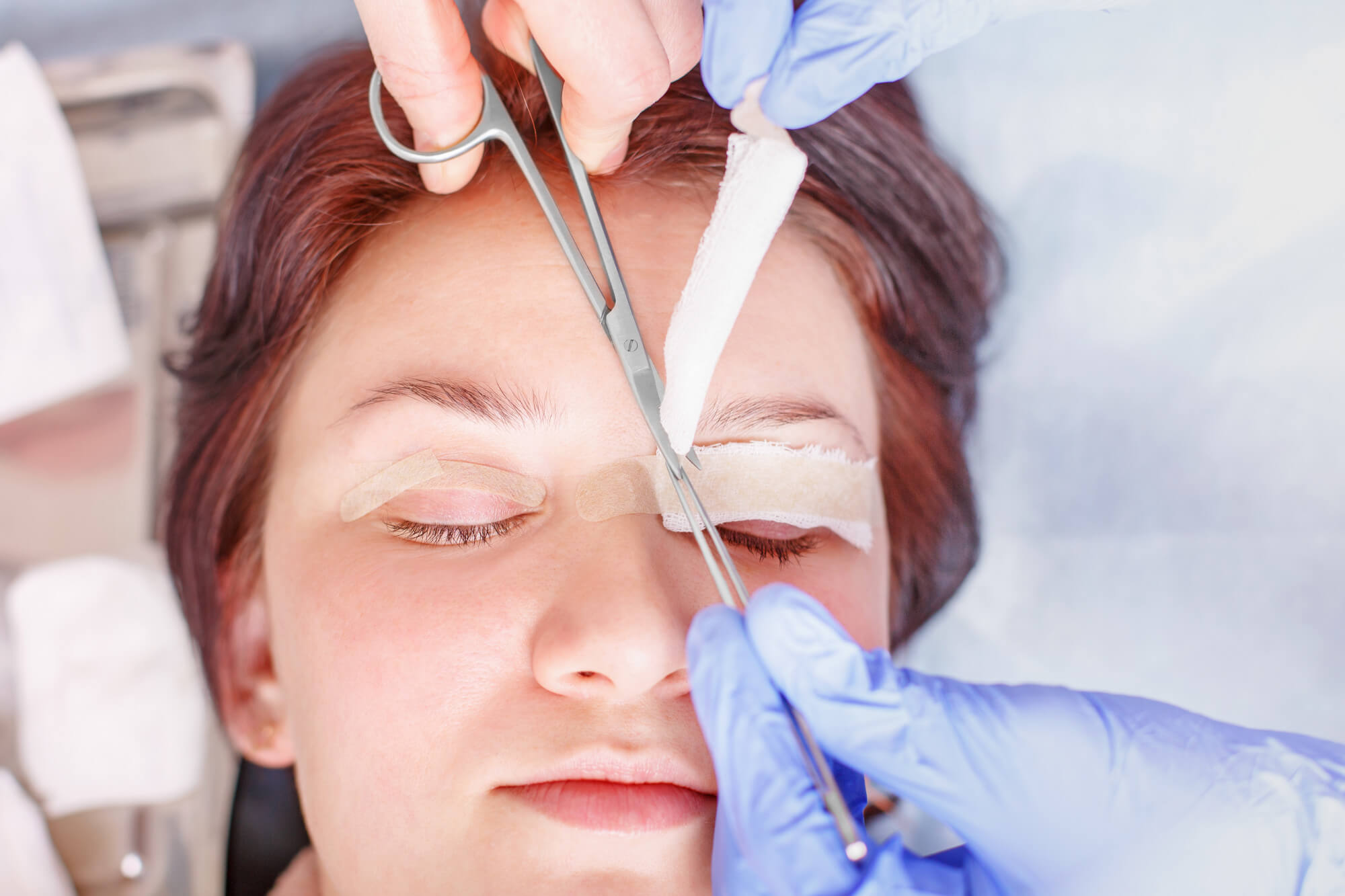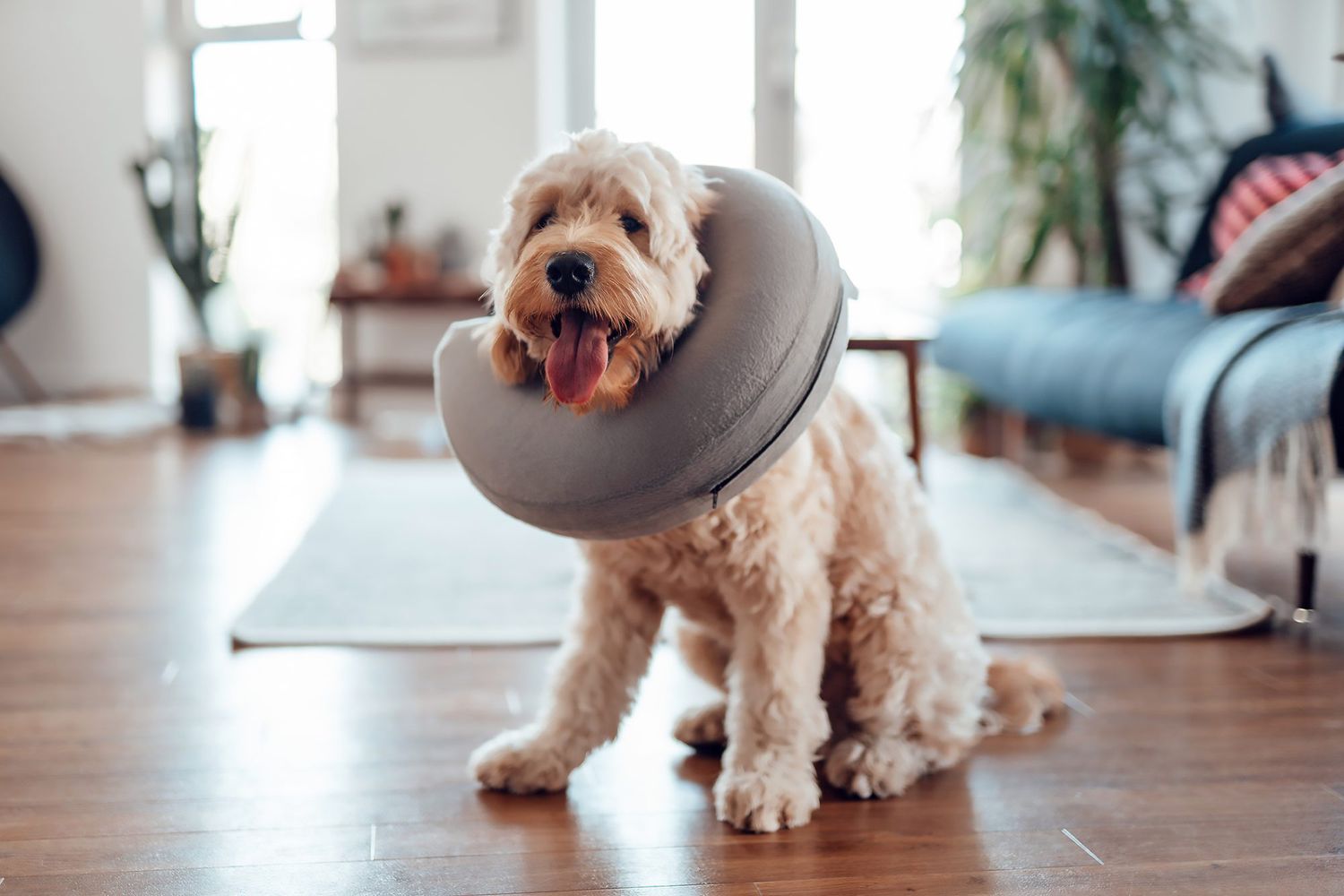Home>Health and Wellness>Surprising Post-Surgery Symptom: Sharp Shin Pains After ACL And Meniscus Reconstruction!
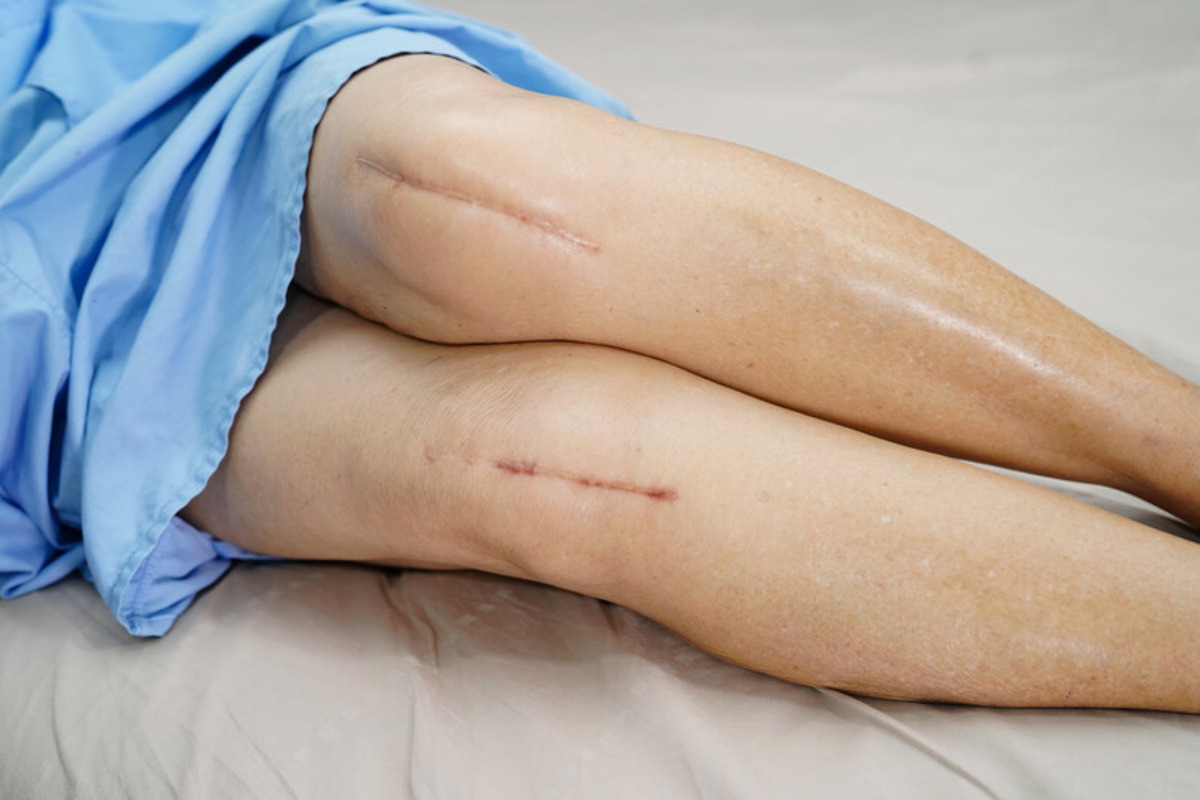

Health and Wellness
Surprising Post-Surgery Symptom: Sharp Shin Pains After ACL And Meniscus Reconstruction!
Published: February 1, 2024
Experiencing unexpected shin pains after ACL and meniscus reconstruction? Learn about this surprising post-surgery symptom and how to manage it for better health and wellness.
(Many of the links in this article redirect to a specific reviewed product. Your purchase of these products through affiliate links helps to generate commission for Noodls.com, at no extra cost. Learn more)
Table of Contents
Introduction
Undergoing ACL (anterior cruciate ligament) and meniscus reconstruction is a significant decision aimed at restoring stability and function to the knee. This surgical procedure is often necessary to address injuries sustained during sports, accidents, or other physical activities. While the focus is typically on the recovery of the knee joint itself, there is a surprising post-surgery symptom that can catch patients off guard: sharp shin pains.
These unexpected sensations can cause discomfort and concern, complicating the post-operative phase and potentially impacting the overall rehabilitation process. It's essential for individuals preparing for or recovering from ACL and meniscus reconstruction to be aware of this lesser-known symptom and understand its potential causes and management strategies. By gaining insight into sharp shin pains and how to address them, patients can navigate their recovery journey with greater confidence and resilience.
In the sections that follow, we will delve into the intricacies of ACL and meniscus reconstruction, shedding light on the procedure's purpose and the common challenges patients may encounter during recovery. Furthermore, we will explore the perplexing occurrence of sharp shin pains, unraveling the underlying reasons for their emergence and providing valuable guidance on how to alleviate and manage these discomforting sensations. Whether you are preparing for surgery, currently recuperating, or supporting a loved one through this process, this comprehensive exploration aims to equip you with the knowledge and strategies needed to navigate the complexities of post-operative recovery effectively.
Understanding ACL and Meniscus Reconstruction
ACL and meniscus reconstruction is a surgical procedure performed to address injuries to the anterior cruciate ligament (ACL) and the meniscus, two crucial components of the knee joint. The ACL is responsible for providing stability to the knee, particularly during movements that involve twisting or changing direction. On the other hand, the meniscus, which consists of cartilage, acts as a shock absorber within the knee, aiding in weight distribution and cushioning the joint during physical activities.
Injuries to the ACL and meniscus are frequently encountered in sports that involve sudden stops, changes in direction, or direct impact to the knee. These injuries can also occur due to accidents or trauma. When the ACL or meniscus is damaged, individuals often experience symptoms such as pain, swelling, instability, and limited range of motion in the knee. These issues can significantly impact mobility and overall quality of life, prompting the need for surgical intervention.
ACL and meniscus reconstruction surgery involves repairing or replacing the damaged ligament and cartilage to restore stability and function to the knee joint. The procedure typically entails using tissue grafts to reconstruct the ACL and address any meniscal damage. Surgeons may employ various techniques, including arthroscopic surgery, to minimize tissue damage and promote faster recovery.
Rehabilitation following ACL and meniscus reconstruction is a crucial aspect of the recovery process. Physical therapy, exercises, and lifestyle modifications are often prescribed to aid in rebuilding strength, flexibility, and mobility in the knee. While the primary focus is on the knee joint itself, it is important to recognize that the interconnected nature of the lower extremities can lead to unexpected symptoms in areas beyond the immediate surgical site.
Understanding the intricacies of ACL and meniscus reconstruction, including the purpose of the surgery and the potential challenges associated with recovery, can empower individuals to approach their rehabilitation journey with informed perspectives and proactive strategies. By gaining insight into the underlying reasons for undergoing this surgical procedure and the expected outcomes, patients can cultivate a sense of confidence and agency as they navigate the complexities of post-operative recovery.
Sharp Shin Pains: An Unexpected Post-Surgery Symptom
Following ACL and meniscus reconstruction surgery, individuals may encounter a surprising and perplexing post-operative symptom: sharp shin pains. While the focus of recovery is often centered on the knee joint itself, these unexpected sensations in the shins can cause discomfort and raise concerns for patients. Understanding the nature of this symptom and its potential impact on the rehabilitation process is crucial for individuals undergoing or preparing for this surgical procedure.
The emergence of sharp shin pains after ACL and meniscus reconstruction can be disconcerting, especially when the primary focus is on the recovery of the knee joint. Patients may experience sudden, stabbing sensations or aching discomfort in the shins, often unrelated to the immediate surgical site. These unexpected pains can disrupt daily activities, impact mobility, and lead to uncertainty about the overall progress of recovery.
The occurrence of sharp shin pains is attributed to the interconnected nature of the lower extremities. During ACL and meniscus reconstruction, the body undergoes significant adjustments to accommodate the surgical changes and adapt to the healing process. As a result, altered movement patterns and weight distribution can inadvertently lead to strain and discomfort in the shins, which are intricately linked to the knee joint through a network of muscles, tendons, and ligaments.
Furthermore, the body's natural response to surgical trauma, including inflammation and tissue healing, can contribute to referred pain sensations in the shins. This phenomenon underscores the complex interplay between the various components of the lower extremities and highlights the potential for unexpected symptoms to manifest beyond the immediate surgical site.
Navigating the unexpected occurrence of sharp shin pains requires a comprehensive understanding of the underlying reasons for their emergence and proactive strategies to address them effectively. By acknowledging the interconnected nature of the lower extremities and the potential impact of surgical adjustments on movement patterns, patients can approach these post-operative symptoms with informed perspectives and resilience.
In the subsequent sections, we will delve into the potential causes of sharp shin pains after ACL and meniscus reconstruction, shedding light on the intricate dynamics that contribute to this unexpected post-surgery symptom. Additionally, we will explore practical tips and strategies for managing and alleviating sharp shin pains, empowering individuals to navigate their recovery journey with confidence and determination.
Causes of Sharp Shin Pains After ACL and Meniscus Reconstruction
The causes of sharp shin pains following ACL and meniscus reconstruction surgery are multifaceted, stemming from the intricate interplay of physiological adjustments, altered movement patterns, and the body's response to surgical trauma. Understanding these underlying factors is essential for individuals navigating post-operative recovery and seeking to address this unexpected symptom effectively.
-
Altered Weight Distribution: Following ACL and meniscus reconstruction, individuals often undergo a period of adjustment as they accommodate changes in weight distribution and movement patterns. This can inadvertently lead to increased stress and strain on the muscles and tendons in the shins, resulting in sharp pains as the body adapts to the modified biomechanics of the lower extremities.
-
Referred Pain from Knee Joint: The body's response to surgical trauma, including inflammation and tissue healing, can result in referred pain sensations in the shins. The interconnected network of nerves and soft tissues in the lower extremities can transmit discomfort from the knee joint to the shins, contributing to the unexpected emergence of sharp pains in this area.
-
Muscle Imbalance and Compensation: The rehabilitation phase following ACL and meniscus reconstruction often involves targeted exercises to restore strength and mobility in the knee joint. However, muscle imbalances and compensatory movements can inadvertently place additional stress on the shins, leading to discomfort and sharp pains as the body adapts to the evolving demands of the recovery process.
-
Gait Irregularities: Surgical interventions and the subsequent recovery phase can impact an individual's gait and walking patterns. As the body adjusts to accommodate the changes in the knee joint, gait irregularities may arise, placing strain on the muscles and tendons in the shins. These altered movement patterns can contribute to the development of sharp shin pains post-surgery.
-
Nerve Sensitization: Surgical trauma and the healing process can lead to nerve sensitization in the lower extremities, amplifying sensations of discomfort and pain in the shins. The intricate network of nerves in the legs can undergo heightened sensitivity following surgery, contributing to the unexpected emergence of sharp pains in this area.
By comprehensively understanding the potential causes of sharp shin pains after ACL and meniscus reconstruction, individuals can approach their recovery journey with informed perspectives and proactive strategies. This knowledge empowers patients to address this unexpected post-operative symptom effectively, fostering confidence and resilience as they navigate the complexities of rehabilitation.
Managing Sharp Shin Pains: Tips and Strategies
Addressing sharp shin pains following ACL and meniscus reconstruction surgery requires a comprehensive approach that encompasses proactive strategies, lifestyle modifications, and targeted interventions. By implementing effective tips and incorporating practical strategies into their daily routine, individuals can mitigate discomfort and facilitate a smoother recovery process. Here are valuable tips and strategies for managing sharp shin pains:
-
Consult with a Physical Therapist: Engaging with a skilled physical therapist is crucial for developing a tailored rehabilitation plan that addresses the specific challenges associated with sharp shin pains. The therapist can provide targeted exercises to improve lower extremity strength and flexibility while addressing gait irregularities and muscle imbalances that may contribute to shin discomfort.
-
Modify Exercise Regimen: Adjusting the intensity and frequency of exercises to minimize strain on the shins can alleviate discomfort. Low-impact activities such as swimming, stationary cycling, and water aerobics can provide effective cardiovascular workouts while reducing stress on the lower extremities.
-
Incorporate Shin-Specific Exercises: Implementing targeted exercises to strengthen the muscles in the shins can promote stability and alleviate discomfort. Toe raises, ankle dorsiflexion exercises, and resistance band workouts can enhance shin strength and resilience, reducing the incidence of sharp pains during daily activities.
-
Optimize Footwear: Selecting supportive footwear with adequate cushioning and arch support can enhance shock absorption and promote proper alignment during movement. Shoes designed for athletic activities should provide stability and minimize impact on the shins, contributing to overall comfort and reduced discomfort.
-
Utilize Ice and Elevation: Applying ice packs to the shins and elevating the lower extremities can help alleviate inflammation and reduce discomfort. This simple yet effective strategy can be incorporated into the daily routine, particularly after periods of increased physical activity or prolonged standing.
-
Mindful Movement and Posture: Practicing mindful movement and maintaining proper posture during daily activities can minimize strain on the shins. Being mindful of gait patterns, avoiding excessive twisting or pivoting movements, and maintaining a neutral spine can contribute to reduced discomfort and enhanced overall well-being.
-
Explore Pain Management Techniques: Employing pain management techniques such as transcutaneous electrical nerve stimulation (TENS), acupuncture, or massage therapy can provide relief from sharp shin pains. These complementary approaches can complement traditional rehabilitation methods and contribute to enhanced comfort during the recovery process.
By integrating these tips and strategies into their post-operative routine, individuals can effectively manage sharp shin pains following ACL and meniscus reconstruction. The proactive approach to addressing discomfort in the shins fosters a sense of empowerment and resilience, enabling patients to navigate their recovery journey with confidence and determination.
When to Seek Medical Attention
While managing post-surgery symptoms such as sharp shin pains, it is imperative to recognize the circumstances that warrant seeking medical attention. Understanding when to consult with healthcare professionals can ensure timely intervention and appropriate guidance, safeguarding the overall well-being and recovery progress of individuals undergoing ACL and meniscus reconstruction.
-
Persistent or Aggravating Discomfort: If sharp shin pains persist or intensify despite implementing conservative management strategies, individuals should promptly seek medical evaluation. Persistent discomfort may indicate underlying issues that require thorough assessment by orthopedic specialists or healthcare providers familiar with post-operative recovery.
-
Unexplained Swelling or Redness: The presence of unexplained swelling or redness in the shins, particularly if accompanied by warmth or tenderness, should prompt individuals to seek medical attention. These symptoms may signify inflammatory responses or potential complications that necessitate professional evaluation and appropriate intervention.
-
Altered Sensation or Numbness: Individuals experiencing altered sensation, numbness, or tingling in the shins following ACL and meniscus reconstruction should prioritize consulting with healthcare professionals. These sensory changes may indicate nerve-related issues or circulatory concerns that warrant thorough assessment and targeted management.
-
Significant Limitations in Mobility: If sharp shin pains significantly impede mobility or hinder the ability to perform daily activities, individuals should seek medical attention to address these limitations effectively. Mobility issues may stem from various factors, including gait irregularities, muscle imbalances, or underlying complications that require expert evaluation and intervention.
-
Unanticipated Functional Decline: Sudden or unanticipated functional decline, such as an inability to bear weight on the affected leg or perform prescribed rehabilitation exercises, warrants immediate medical attention. Healthcare professionals can assess the underlying reasons for the decline and implement tailored strategies to support functional recovery effectively.
-
Concerns about Surgical Site: Any concerns related to the surgical site, such as increased pain, drainage, or signs of infection, should prompt individuals to seek prompt medical evaluation. Monitoring and addressing issues related to the surgical site are crucial for ensuring optimal healing and mitigating potential complications.
-
Emotional or Psychological Impact: The emotional and psychological impact of sharp shin pains and their influence on the overall well-being of individuals should not be overlooked. Persistent distress, anxiety, or concerns about the recovery process warrant compassionate and comprehensive support from healthcare providers, emphasizing the holistic aspect of post-operative care.
By recognizing these indicators and seeking timely medical attention when necessary, individuals undergoing ACL and meniscus reconstruction can navigate their recovery journey with enhanced confidence and proactive management of unexpected post-surgery symptoms. Open communication with healthcare professionals and a proactive approach to addressing concerns contribute to a comprehensive and supportive recovery experience.
Conclusion
In conclusion, the journey of ACL and meniscus reconstruction encompasses not only the restoration of the knee joint but also the intricate interplay of post-operative symptoms, including the unexpected emergence of sharp shin pains. This comprehensive exploration has shed light on the multifaceted nature of this lesser-known post-surgery symptom, providing valuable insights into its potential causes, management strategies, and the importance of seeking timely medical attention when necessary.
The intricate dynamics of the lower extremities, compounded by surgical adjustments and the body's response to trauma, underscore the interconnected nature of post-operative symptoms. Sharp shin pains, though unexpected, can be effectively managed through a proactive approach that integrates targeted exercises, lifestyle modifications, and open communication with healthcare professionals. By acknowledging the potential causes of this symptom, individuals undergoing ACL and meniscus reconstruction can navigate their recovery journey with informed perspectives and resilience, fostering a sense of empowerment and agency throughout the rehabilitation process.
Furthermore, recognizing the indicators that warrant seeking medical attention, such as persistent discomfort, altered sensation, or unexplained swelling, is paramount for safeguarding the overall well-being and recovery progress of patients. The holistic approach to post-operative care encompasses not only physical rehabilitation but also emotional and psychological support, acknowledging the profound impact of unexpected symptoms on individuals' well-being and confidence.
Ultimately, the comprehensive understanding and proactive management of sharp shin pains following ACL and meniscus reconstruction empower individuals to navigate their recovery journey with confidence, resilience, and a sense of agency. By embracing the interconnected nature of post-surgery symptoms and integrating effective strategies into their daily routine, patients can mitigate discomfort and foster a smoother rehabilitation experience.
As individuals embark on the path to recovery, armed with knowledge, proactive strategies, and a compassionate support network, they can navigate the complexities of post-operative symptoms with resilience and determination, ultimately achieving a successful and fulfilling rehabilitation journey.
